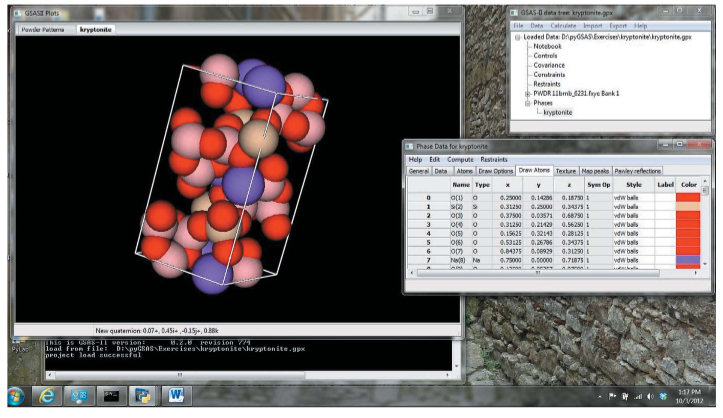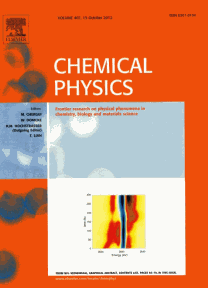| Highlights |
|
GSAS-II : the genesis of a modern open-source all-purpose crystallography software package Brian H. Toby and Robert B. Von Dreele, J. Appl. Cryst. 46, 544 (2013). The newly developed GSAS-II software is a general purpose package for data reduction, structure solution and structure refinement that can be used with both single-crystal and powder diffraction data from both neutron and X-ray sources, including laboratory and synchrotron sources, collected on both two- and one-dimensional detectors. It is intended that GSAS-II will eventually replace both the GSAS and the EXPGUI packages, as well as many other utilities. GSAS-II is open source and is written largely in object-oriented Python but offers speeds comparable to compiled code because of its reliance on the Python NumPy and SciPy packages for computation. It runs on all common computer platforms and offers highly integrated graphics, both for a user interface and for interpretation of parameters. The package can be applied to all stages of crystallographic analysis for constant-wavelength X-ray and neutrons. Plans for considerable additional development are discussed. |
Ultrafast X-ray spectroscopy as a probe of nonequilibrium dynamics in ruthenium complexes J. Chang, A. J. Fedro, and M. van Veenendaal, Chem. Phys. 407, 65 (2012); (Cover Article). The ultrafast intersystem crossing in ruthenium complexes between the singlet and triplet metal-to-ligand charge-transfer states following photoexcitation is described. The absence of a clear decay mechanism between these states makes it difficult to explain this process within a conventional framework using rate equations based on Fermi’s golden rule. We show that the decay can be mediated by metal-centered (MC) triplet states leading to decay times of the order of several tens of femtoseconds. The calculated stable excited state probability is dominated by the 3MLCT configuration. The detailed nature of this process is clearly reflected in the calculated spectral lineshapes of the time-dependent nonequilibrium X-ray absorption spectroscopy that show a transient crystal-field collapse, dynamic broadenings, and changes in the branching ratio. We demonstrate that ultrafast X-ray spectroscopy is a suitable probe to deliver detailed new insights or discriminate between competing physical scenarios. |
|
Argonne Senior Physicist Robert Von Dreele of the X-ray Science Division in the Advanced Photon Source has been awarded the prestigious Hanawalt Award by the International Centre for Diffraction Data. The award citation reads "For his insight, courage and creativity in bringing powder diffraction to the macromolecular community." APS NEWS
|



